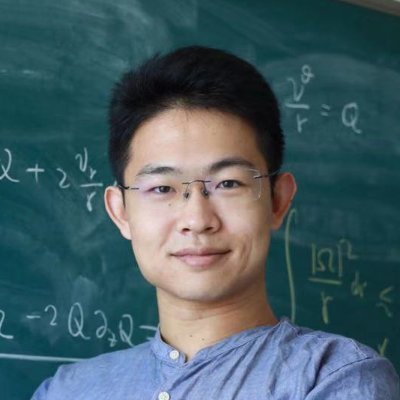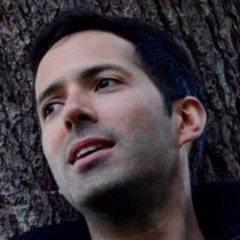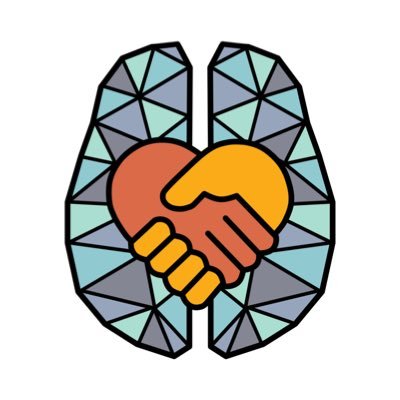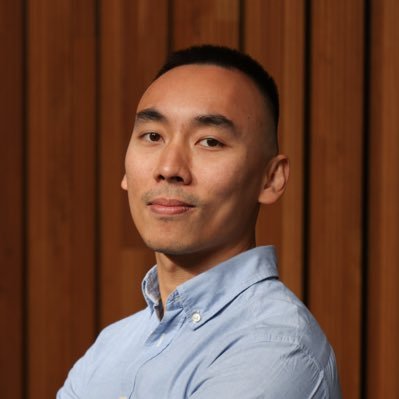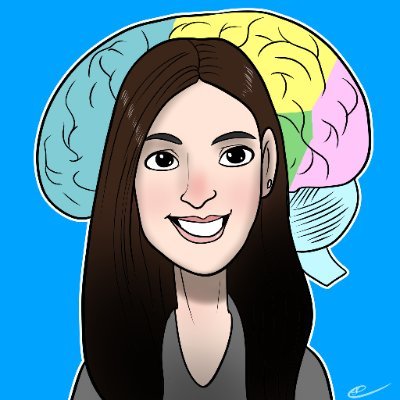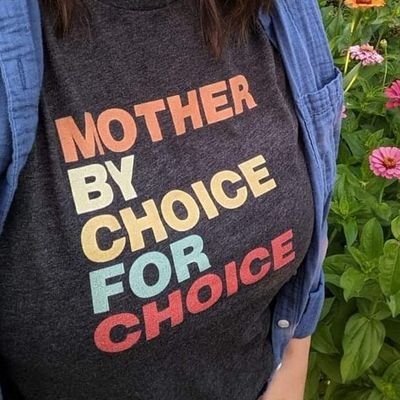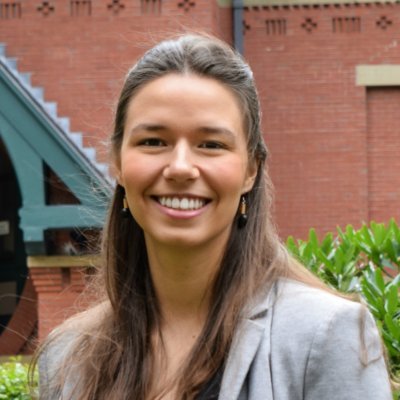
Anne Billot, PhD, @annebillot.bsky.social
@Annel3illoT
Followers
521
Following
2K
Media
69
Statuses
631
Postdoctoral Researcher, Harvard University/MGH Personalized rehab, NIBS & neuroplasticity in neurological and psychiatric disorders. 🇺🇸🇫🇷 (she/her)
Boston, MA
Joined April 2017
[NEW PREPRINT!] The language network ages well https://t.co/3KNgDFowUf Co-led with Niharika Jhingan, in collaboration with @ev_fedorenko, @AphasiaLab, @MVarkanitsa, @raryksin, & Idan Blank. 🧵 Details 👇
3
14
51
Check out this great paper by Jingnan Du et al. It shows you can use fMRI task data to estimate networks as reliably as with rest data! A game changer to increase statistical power in regions with low SNR and leverage datasets that may only have task data.
Our new paper is out now in Neuron!🎉 With @vaibhav_3pathi @max12elliott @jladopoulou @wendysun23 Mark Eldaief and @RandyLBuckner Link: https://t.co/D8bGjWGqBD
0
1
4
🚨 New Preprint 🚨 Targeting intracranial electrical stimulation (ES) to network regions defined within individuals causes network-level effects By Cyr et al. Q: Can we use individualized network maps from precision fMRI to modulate a targeted network via ES? A: Yes! 🧵:
3
37
102
We're still accepting apps for our research scientist position with LEVANTE ( https://t.co/8ACPe8bj0c). This position is ideal for folks wanting to interface between a scientific project and an awesome team of software developers. A technical product manager, but for science!
1
7
15
OHBM Lunch with Mentors will be happening in Brisbane! Fill out the registration form below to enter a lottery draw. Registration closes May 25th 12pm AEST. Register here: https://t.co/sa6v1fpvS6 Information on this year's Mentors is available here:
https://t.co/VUVBYgXKux"
ohbmtrainees.com
1
10
14
We are hiring! @AurinaArn and I are jointly looking for a talented Postdoc in Systems and Comp Neuro at Monash (AUS). If you like neuroimaging 🧠, comp models 💻, genetics 🧬, brain disorders 🤕, and/or evolution 🐵🐭, this could be the job for you!! https://t.co/BXqtxqIxkJ
careers.pageuppeople.com
2
23
50
At #CNS2025 and interested in how we can dissociate higher-order cognitive functions within DLPFC at the individual level with precision fMRI? 🧐 Let’s chat at my poster B42 tomorrow from 8 to 10 am! 🧠 Also relevant for anyone doing TMS targeting DLPFC in patients! 🧲⚡️
0
3
8
JOB OPENING: I'm looking to hire a full-time RA! If you know someone who interested in language and the brain and would be a great fit, please send them my way! Full details below:
3
76
178
Check out this other great study from the Buckner Lab led by Max Elliott using multiple very short T1 to track brain aging at the individual level!
We found a solution - cluster scanning. Utilizing the latest advances in scan acceleration we collected several short, 1-minute long T1s to drive to measurement error within individuals ... and it worked!
0
0
6
Great work from my colleague Jingnan Du et al.👇
Our results suggest that there is an underlying, stable network architecture that is idiosyncratic to the individual and persists across task states. For further discussion on the implications for task design and analysis, read the preprint! (6/6)
0
1
3
Our findings indicate that functional correlation matrices derived from task data are highly similar to those derived from traditional resting-state acquisitions. The largest factor affecting similarity between correlation matrices was the amount of data. (3/6)
1
1
2
[PREPRINT❗️❗️] Very excited to share our latest work on precision mapping of brain networks exclusively using task data! 🧠 With @max12elliott @jladopoulou Mark Eldaief and @RandyLBuckner
https://t.co/Fvd83mbB0g (1/6)
biorxiv.org
Precision mapping of brain networks within individuals has become a widely used tool that prevailingly relies on functional connectivity analysis of resting-state data. Here we explored whether...
2
13
35
New preprint!!! We can reliably detect brain changes in individuals in just a year by collecting several rapid 1-minute T1s at each time point - i.e. "cluster scanning". We discovered large individual differences, even in healthy adults https://t.co/oxD9EBdbvu
medrxiv.org
Individual differences in human brain aging are difficult to estimate over short intervals because of measurement error. Using a cluster scanning approach that reduces error by densely repeating...
1
3
7
[Taking a break from bouts of 🤯 😑😩 to be...] Happy that our paper is now officially out in the latest issue of TICS: https://t.co/vR3WQCKCh4 and highlighted with beautiful cover art by @allydworetsky Check 👇 for a quick summary
📅 Excited to announce our new review article in @TrendsCognSci, led by @hyejinjadelee with @allydworetsky and @labora_nathan Check it out here: https://t.co/hggj06Vzd3 🧵below...
1
8
65
Like @TheRealDrDukes says, let’s give each other extra kindness and care these days 🧡
My mental health is not in a good place right now. But I did what I could for my students by extending their exams and encouraging them to take care of themselves 💞 This email gave me a little hope back that our small efforts can still help
0
0
6
#aphasia colleagues, please pass this on! What an awesome experience to work with @yinaquique at UNM Speech & Hearing Sciences!
0
7
4
Free scientific illustrations for biologists! 😍 @NIH has released a library of 500+ free scientific illustrations to create figures, presentations, and illustrations! all freely available in the public domain. Retweet and spread the message! https://t.co/p1bD1kxO7H
45
2K
6K
📣❗️Applications for the SP-SIG’s Mentoring and Fellowship programmes close on Thursday 31st October - apply now! ❗️📣
🚨🧠The applications for SP-SIG’s Mentoring and Fellowship programmes for 2024-2025 are OPEN NOW: https://t.co/TFh6W9jJlk🚨🧠
0
2
3
7/ In sum, this study underscores the importance of individual-level functional localization in characterizing age-related differences among adjacent networks and highlights the need for more nuanced models of brain aging that consider the distinct trajectories of brain networks.
0
0
2
6/ These findings challenge the idea of uniform brain aging, showing different networks age at different rates. Functions that decline with age show neural changes, while functions that are well preserved (e.g., language comprehension) show stable neural activity patterns.
1
0
3
5/ In addition, the language-selective and MD networks remain robustly dissociated with age, maintain strong within-network synchronization and minimal between-network synchronization, and do not show increased overlap in their activation patterns.
1
1
2

